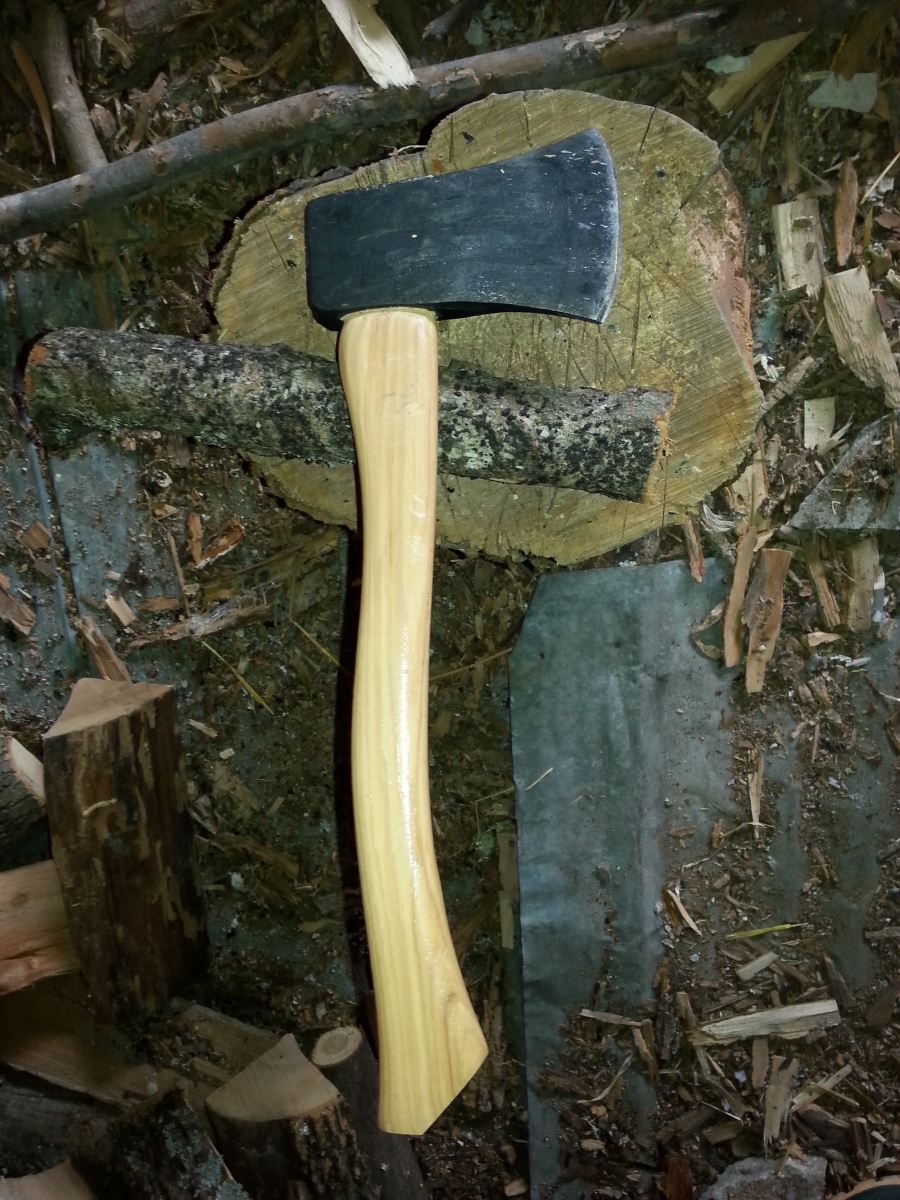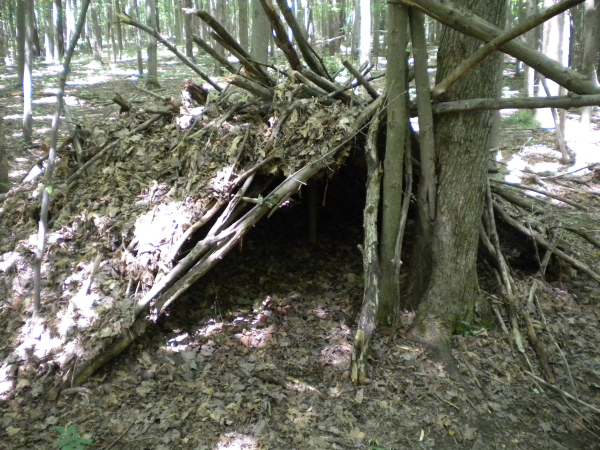Water is the most essential nutrient to life. Humans, animals and plants all need fresh water to survive. An adult human can consume nearly half a gallon (2 litres) or more during physical activity on a hot day so access to fresh drinking water during an emergency is one of the most important parts of the outdoor survival basics.
Collecting Water – The Tools
There are several ways to collect and purify water. The most important item you can carry with you, or keep in your vehicle is a metal container that is capable of carrying and withstanding boiling temperatures. A metal coffee tin, canteen, or even an old soft drink can works well. Make sure to remove any plastic coatings from inside the can by heating it before you boil the water as this coating can melt and contaminate it. Stainless steel water bottles of 500ml to 1 Litre size work well and are practically unbreakable.
Boiling and Purification
If you are lost in the woods try to find a source of fresh running water. This could be a lake, river, stream or if you are really lucky a well with a hand pump. If the water appears stagnant, swampy or has algae and duck weed growing in it then you probably don’t want to drink it unless you have to. Beware of run-off that could contaminate if the water source is near farm land or roads.

Most water running in streams in the Northern United States and Canada can be consumed without purification, however if you are unsure boil the water for at least two minutes to kill any parasites or other nasty critters that could be in the water. Boiling only removes biological contaminants not chemicals so also beware of water that is in ditches or maybe be present in the event of floods or other natural disasters.
Water purification tablets can be purchased at most outdoor stores to purify biologically contaminated water. They are useful to keep on hand in case you are unable to boil water. Beware of using bleach such as Clorox or Javex to purify water – a little of this stuff goes a very long way and too much could poison the water rather than purify it.
Plastic Bag Method
If you are in an area with trees but no immediate sources of water, tie a clear plastic bag around a leafy branch on the tree. Water will collect in the bag in a fairly short period of time and since it is expelled by the tree should be drinkable right away. This method works well during the day.
Small Hole Method
Another method is to dig a hole about a foot deep and a foot wide in the ground. Place a mug, bowl or similar container in the centre of the hole. Now cover the hole with a piece of clear plastic. Make sure there is enough dirt on the edge of the plastic to keep it from blowing away or excessively sagging. Place a small stone or piece of gravel in the centre of the plastic directly over the centre of the mug. As dew is released from the ground it will slowly drip into the mug and collect, giving you water in most places where there is none. This method will be effective if left overnight. The limited amount of water that is likely to be collected means that several of these set-ups may be necessary to collect a significant amount of water but they do work.
Rain Barrels
Rain barrels under the eaves trough of your house are extremely effective in catching and containing large amounts of water that can be used in an emergency when your household water is not running. They will also help provide a source of water for your gardens saving you money when it comes time to water your vegetables. Your local garden supply shop should be able to help you purchase rain barrels and offer advice to install them.
Dehydration
If you find a source of water such as a stream that appears to be a little less than pure, and you have no way to purify the water,but feel there is a reasonable chance of being rescued in the next two or three days, then it is best to drink the water and seek medical attention when you reach safety. If possible, save a bit of water so it can be tested to determine the contaminants. The parasites in the water will take a couple of days to infect you and since water is so necessary to survival it is better to take the chance than to die of dehydration.
Dehydration is what happens to a body when it does not receive enough water. Often it can strike with little warning and once it does, medical attention is almost always necessary. A course in first aid basics will help you learn to recognize the symptoms: dizziness, nausea, as well as looking pale and not sweating. If you feel thirsty you probably already have some degree of dehydration starting and should get something to drink as soon as possible. This can happen while hiking or even working at your desk.
Drinks such as coffee, energy drinks, alcohol, and soda pop are not effective at quenching thirst-often they aggravate it. Avoid these drinks unless absolutely necessary to warm or cool a person as the situation warrants it. Also avoid eating snow as it causes the body to use energy to melt it. You are better off melting the snow and allowing it to cool before consuming it. Snow that is found in the city or near roads is likely contaminated with road salt or other chemicals and should not be consumed.
Drink Up
Staying hydrated and finding a source of water is the most important aspect of survival. There are many ways to purify and prepare water for drinking. By keeping some large containers on hand during a power outage or natural disaster, and by carrying a water bottle with you during travels you should have no problem staying prepared and from getting thirsty.
Copyright 2019 Mike Wilson




